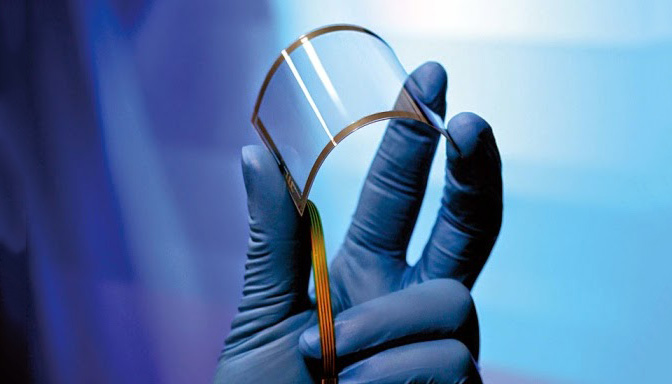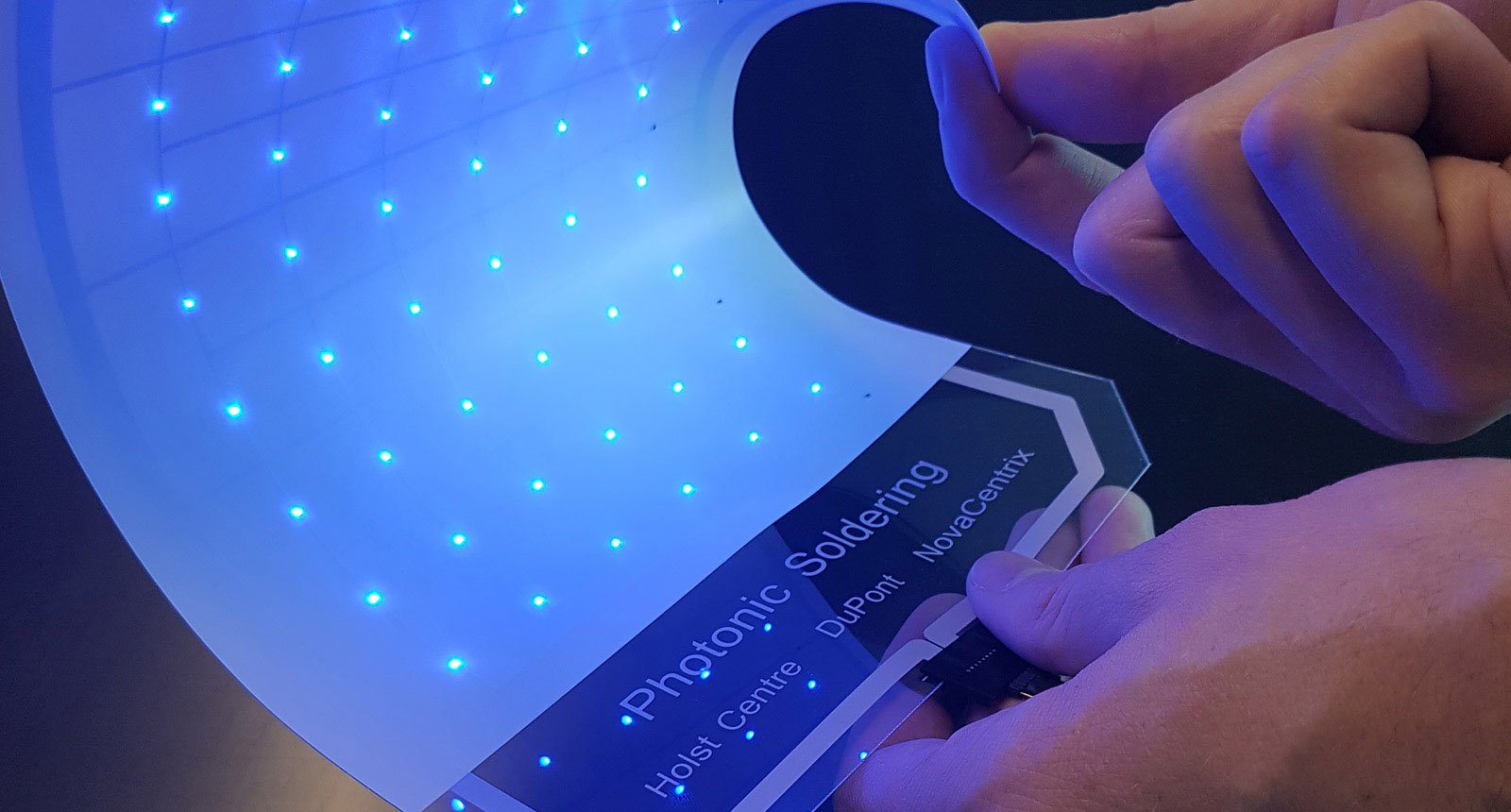Late fall in Austin is beautiful. Temperatures are in the mid-70s and it’s relatively dry – making it a great time to be outdoors. Combine the weather with Texans love for barbecuing and grilling, and eating outside with friends becomes a daily activity.
Rudy Ghosh
Recent Posts
If you can grill, you can become a photonic soldering master!
Nov 24, 2020 1:54:31 PM / by Rudy Ghosh posted in Photonic Soldering, printed electronics, flexible electronics, printed flexible electronics, PulseForge
It's PRINTED electronics - so let's talk printing!
May 7, 2020 11:53:57 AM / by Rudy Ghosh posted in Conductive Inks
When I write about printed electronics, I tend to focus on the “electronics” a lot more than the “printed.” For this blog entry, I’m going to try to do just the opposite.
Photonic curing and soldering
Apr 13, 2020 9:20:33 PM / by Rudy Ghosh posted in Photonic Soldering, Photonic Curing
How Does the Photonic Curing Process Work?
Light energy incident on a body will be absorbed and heat up the object. The light-matter interaction determines what fraction of light is reflected back, transmitted through or absorbed by the body. The fraction of light absorbed can be guessed by the color of the body (darker material absorbs more light). Light that is absorbed by the body is mostly converted to heat and shows up as an increase in its temperature. That’s why wearing a black shirt in the middle of a Texas summer isn’t the most comfortable thing to do.
Photonic soldering in printed electronics
Apr 13, 2020 7:57:24 PM / by Rudy Ghosh posted in Photonic Soldering
Current Material Options
If you have ever disassembled any electronic device, you know that inside you’ll find a variety of components, such as resistors, capacitors, chips and controllers that make everything work. All of these components usually sit on a rigid board (with copper tracks on it) that allows these parts to talk to one another. A major consideration in the choice of materials for building conventional electronics is the material’s ability to withstand high temperature (a required step in building electronic devices). But if those high thermal requirements could be relaxed, it would open up a wide variety of material options which, in turn, would allow new forms and functionalities – while reducing unit costs.




